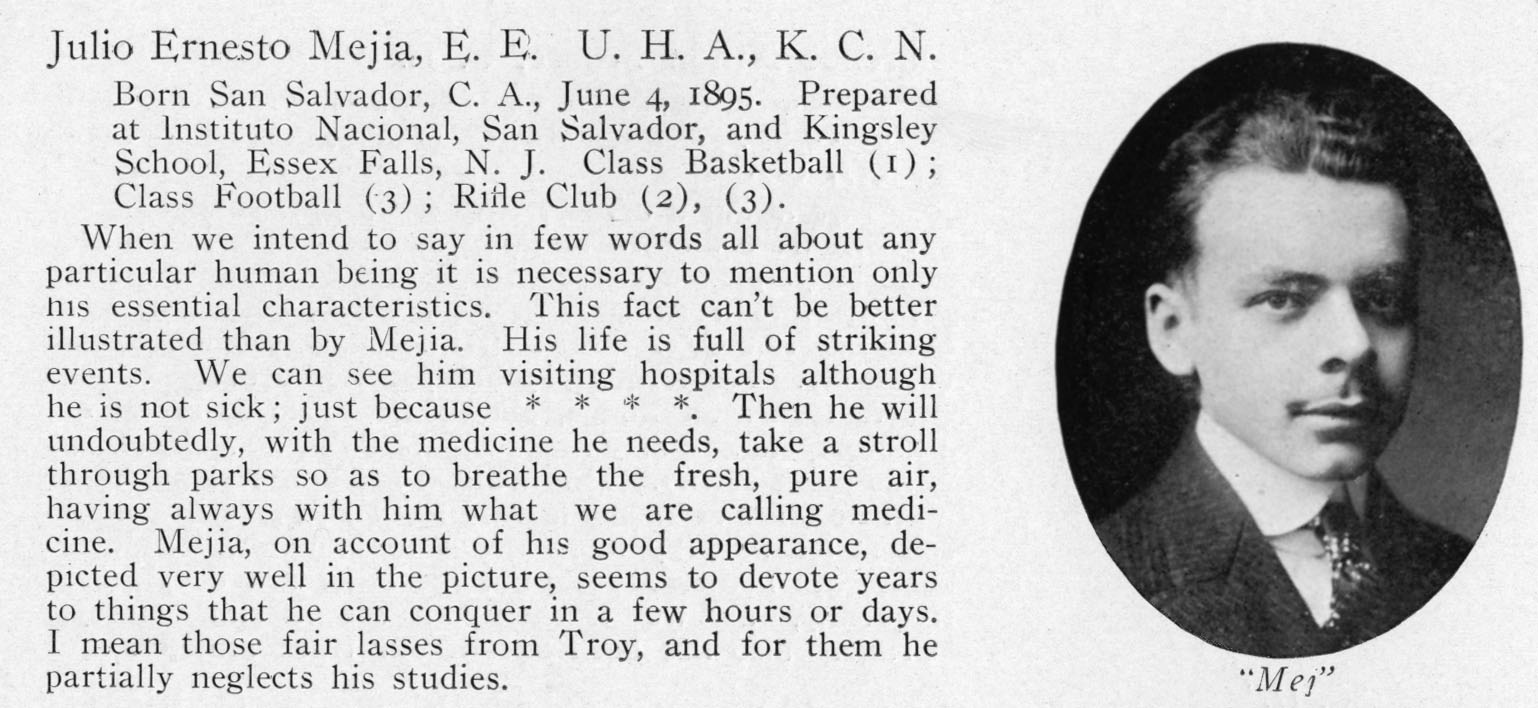In my last entries I have written about MOOC as a new learning environment. I have based my reflections using professor Paul Kim's ideas. Regarding the problem of extremely high dropouts in MOOC courses, he pointed out the problem of self discipline. Or as he called it: self regulation. He pointed out the problem on K-12 education: "Today, schools do
not teach students how to learn better or manage own learning more
effectively. Self-regulation is not an academic
subject in today’s schools. I believe it is as equally important as
literacy or numeracy."
Spoon-fed style teaching.
According to professor Paul Kim: "Many students who are familiar with spoon-fed
style teaching, they perform poorly in online or unregulated learning
environments where self-regulated learning is crucial. Those who
are so anchored in the passive learning style throughout the K-12
education experiences often want the same style of learning experiences
when they face higher education and beyond. This is why many of those
who sign up to go to online programs fail to complete courses in many cases." Students who lack self discipline will struggle in an online
education program.
Professor Paul Kim encourages the need to teach self-regulatory skills: "If they [students] can prove that they are capable of managing
unexpected daily events and Regulating their academic work successfully
during the orientation period, they are probably more likely to stay
enrolled when they move on to the regular online program."
The freedom paradox.
And here MOOC put us to face a new paradox: Freedom will take us to acquire more self-discipline. Paul Kim put it this way: Students must acquire "the strong iron-will coupled with effective
self-regulatory skills to be successful in online or unregulated
education programs that offer, ironically, a lot of freedom and
convenience."













